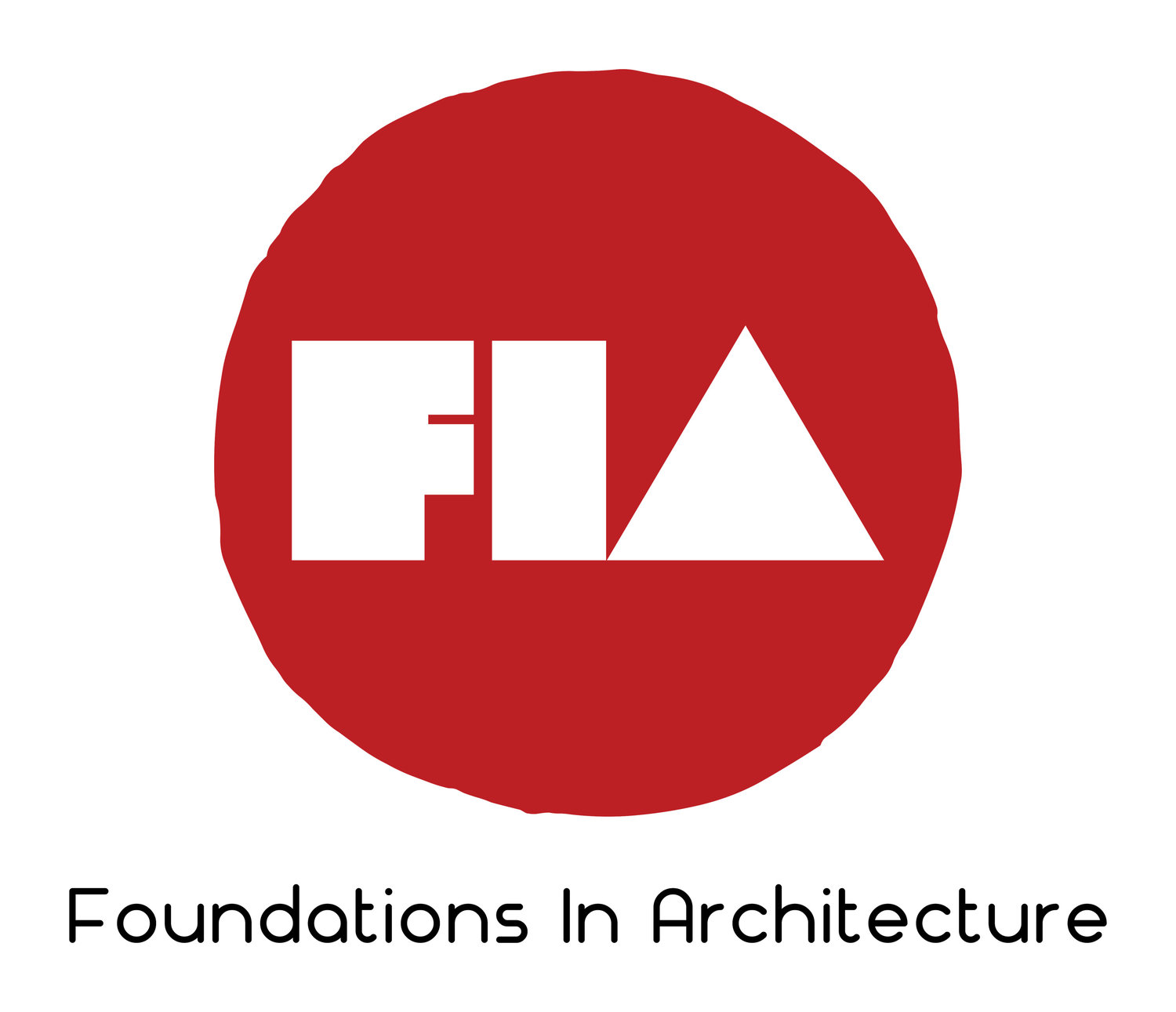RENAISSANCE
Over the past 9 modules we have studied a vast array of structures that were developed for powerful leaders, emperors, and worship. The general theme was to impress the people and their gods. However, in the middle ages there was a shift from the grand scale celebrating one individual to creating structures for masses of people. Houses of worship became the central identity of a town. The castle complex was for protecting the community and the cathedral was for worshiping. The cathedral was the first facility open to all. This shift started opening minds away from servitude to individual responsibility and free will. Once the Magna Carta was signed by King John in 1215, we started seeing a shift the architecture. People were finally in charge of their own destiny. The rise of the common man and the creation of a non-noble wealthy class of society. This of course was not perfect, but it was the first time in history that man could rise beyond his predetermined station in life. This rise led to the creation of a merchant class of society that could afford to purchase and develop art and architecture. This merchant class created occupations not based supporting the ruling class, but creating wealth. The basis of capitalism was formed. Over the next three hundred years wealth creation allowed individuals to build magnificent architecture, become educated, and support the fine arts. This created an explosion of study dedicated to literature, architecture, engineering, music, painting, sculpture, and history. People for the first time in 1000 years started applying the principles of Roman culture to their own. This was the birth of the RENAISSANCE.
Click the Sistine Chapel image and explore one of the great paintings on Earth.
Story of Architecture Reading
The Renaissance reading is broken into multiple styles.
The first pages to read are Renaissance and High Renaissance followed by Module 11 reading about Baroque, Rococo, and Absolutism.
Module 9 reading- pages 67-77

